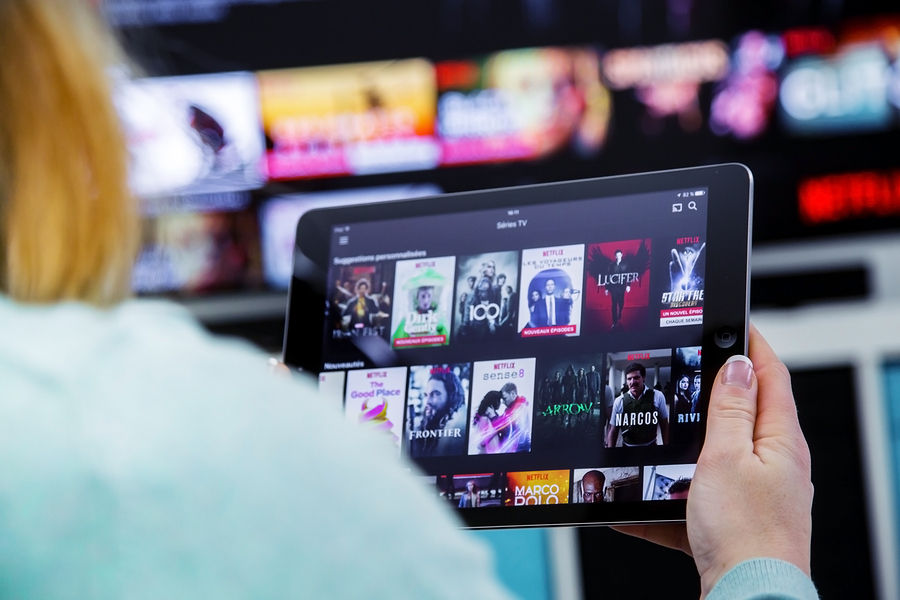The Impact of Streaming Services on Traditional Media
- Live in Fest
- Jul 22, 2024
- 2 min read
The rise of streaming services has revolutionized the way we consume media, significantly impacting traditional forms of entertainment like television and cinema. With the advent of platforms such as Max, Netflix, Paramount+, Hulu, Amazon Prime Video, and Disney+, viewers now have unprecedented access to a vast array of content at their fingertips. This shift is not only changing viewing habits but also transforming the media landscape in profound ways.

Changing Viewing Habits
One of the most noticeable impacts of streaming services is the shift in viewing habits. The convenience of on-demand access allows viewers to watch their favorite shows and movies whenever and wherever they want. Binge-watching has become a cultural phenomenon, with entire seasons of TV shows being consumed in a single sitting. This change contrasts sharply with the traditional model of scheduled programming and weekly episode releases, offering a more flexible and personalized viewing experience.
Decline of Traditional TV
As streaming services gain popularity, traditional TV networks are experiencing a decline in viewership. Cable and satellite subscriptions have been steadily decreasing, a trend known as “cord-cutting.” Younger audiences, in particular, are gravitating towards streaming platforms, preferring the vast content libraries and ad-free experiences they offer. In response, traditional TV networks are adapting by launching their own streaming services, such as NBC's Peacock and CBS All Access, to retain viewers and stay competitive.

Impact on the Film Industry
The film industry has also felt the effects of streaming services. The traditional cinema release model is being challenged as more films premiere directly on streaming platforms. This trend has been accelerated by the COVID-19 pandemic, which saw theaters closing and film studios turning to digital releases. While this provides filmmakers with new opportunities to reach global audiences, it also raises concerns about the future of the theatrical experience and the economic impact on cinemas.
Content Creation and Distribution
Streaming services are not just distributors of content; they are also major producers. Companies like Netflix and Amazon are investing heavily in original programming, creating high-quality movies and series that rival those produced by traditional studios. This has led to a surge in diverse and innovative content, offering opportunities for new voices and stories to be told. Additionally, the global reach of these platforms allows for the distribution of international content, giving viewers access to a wider range of cultural perspectives.

Data-Driven Decisions
One of the significant advantages streaming services have over traditional media is their ability to collect and analyze viewer data. By understanding audience preferences and viewing patterns, these platforms can make data-driven decisions about content creation and marketing strategies. This targeted approach leads to more personalized recommendations for users and helps platforms optimize their content libraries to keep subscribers engaged.
The Future of Media Consumption
The future of media consumption will likely be dominated by streaming services. As technology continues to evolve, we can expect even more immersive and interactive viewing experiences. Virtual reality (VR) and augmented reality (AR) are poised to enhance how we engage with content, providing new dimensions of entertainment. Moreover, the competition among streaming platforms will drive innovation, leading to better content and user experiences. While traditional media will continue to exist, it will need to adapt and evolve to coexist with the ever-growing influence of streaming services.


コメント